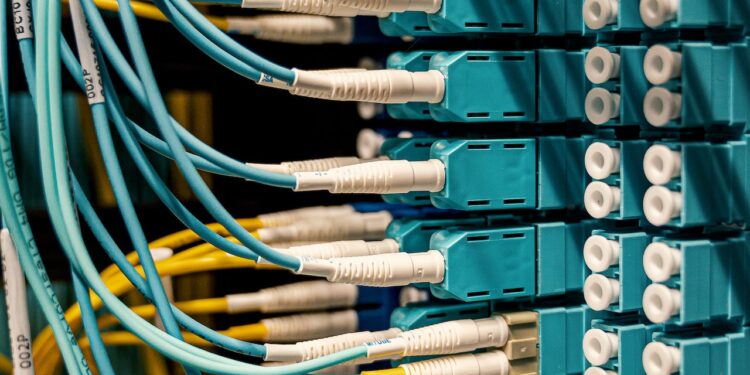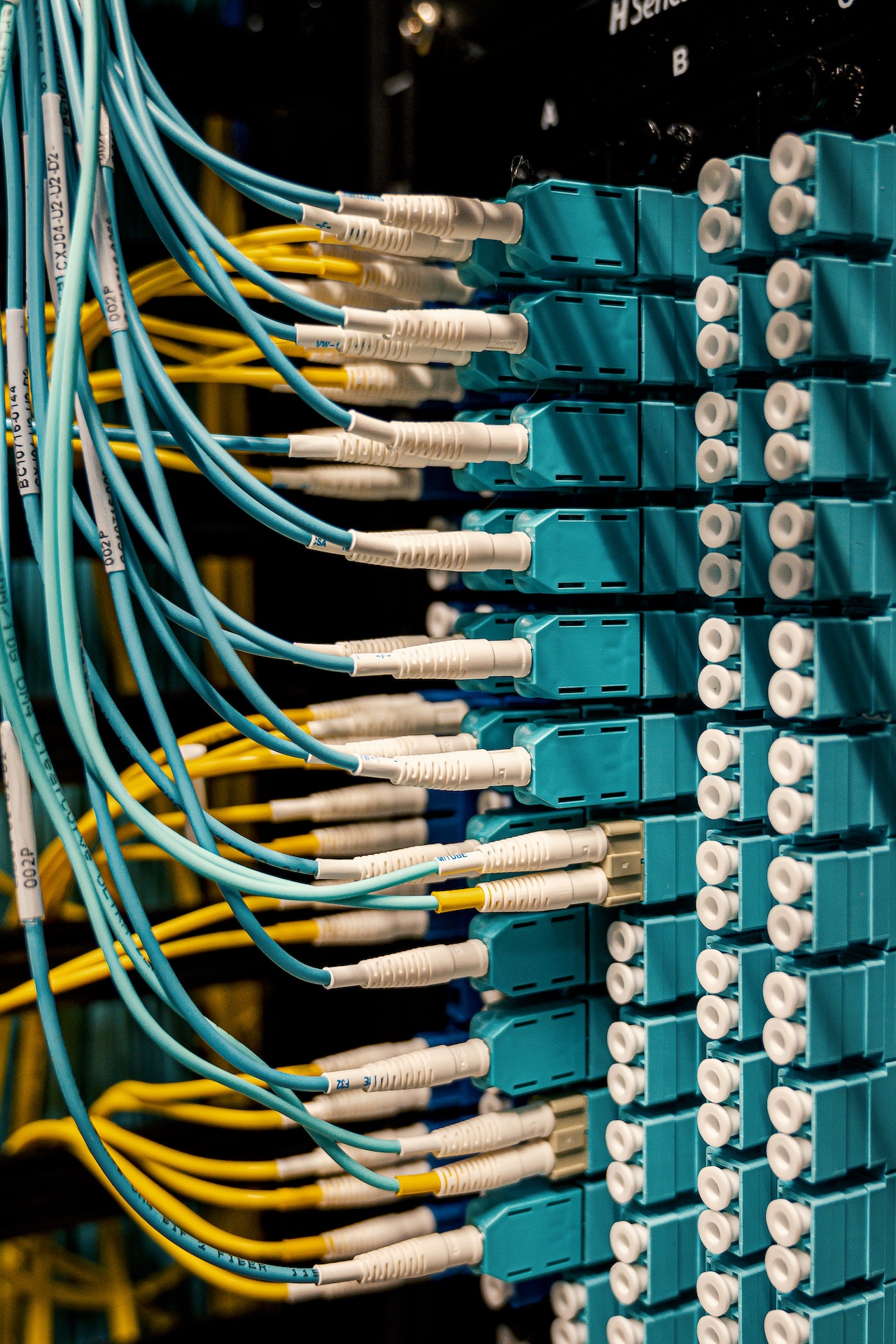Understanding the Fundamentals of Structured Cabling


Structured cabling standards help organizations and businesses avoid messy wiring tangles. They also give companies a framework for expanding their networks to new features like fiber optic cables.
Visit any modern building, and you will find a network of cables & wiring working behind the scenes to keep everything running. Structured data cable installation is the backbone of today’s networks.
Educational Campuses
Education has come a long way with technology, and students now expect reliable connectivity and teaching the basics of structured cabling. Colleges and universities need a cabling system that will be viable for many years. They also need a system easily scaled for new equipment and a network to accommodate the latest technology advances like fiber optics.
Structured cabling is a standardized system that can help your company save money. It reduces the need for expensive upgrades and keeps your company organized. Plus, it makes troubleshooting issues easier and faster. Lastly, it can prevent security breaches, which is especially important in education.
A structured cabling system has several components: backbone cables, horizontal cables, and telecommunications rooms. The backbone cables are the primary connections that connect your business to the outside world and other network devices. Horizontal cables are then connected to these backbone cables, allowing communication throughout the entire building or campus.
This is much more efficient than the old point-to-point cabling method, which used jumper cables to connect hardware directly. The main advantage of structured cabling is that it allows a central hub to control everything and is more organized. It also helps your in-house IT team troubleshoot issues quickly and accurately without paying insane hourly rates for someone else to do it for them.
Healthcare Facilities
Healthcare facilities have unique network requirements. Their networks must handle increasing data rates while meeting strict security regulations. An underperforming network has more than just customer service implications; it could inhibit patient care.
In addition, the healthcare industry is constantly evolving and shifting to new technology and treatments. This means that the cabling infrastructure needs to be able to adapt as well. A Structured Network Cabling system can offer a scalable solution, allowing hospitals and doctors’ offices to expand their connectivity as needed without disrupting the entire network.
To maximize the performance of a healthcare network, structured cabling must be designed with redundancy, diversity, and security in mind. It also must consider outlet density. For example, an office area may require four ports, a conference room might need 10, while an MRI suite will need 20 or more ports. Fortunately, ANSI/TIA-1179 provides guidelines for this.
Like home electrical wiring based on a structured system, structured network cabling allows you to identify & manage your data quickly. Having clean & organized cables makes troubleshooting any issues faster & more efficient. This is especially important in a healthcare setting, where one malfunctioning computer or device can lead to costly downtime for an entire business. An organized system can help prevent these problems from occurring in the first place.
Oil Fields
One of the main reasons oil fields require structured cabling is to ensure a stable network connection that can support remote monitoring of pumps. This requires high bandwidth and a system that can safeguard against electromagnetic interference. Structured cabling can quickly scale to meet these needs, making it a reliable solution for any size company.
Additionally, structured cabling provides a clear and organized workspace that can help reduce the risk of human error. This is important because it can help prevent flow disruptions and downtime. It also helps minimize the time it takes to troubleshoot problems because the cables are grouped into necessary subsystems.
Structured cabling can also be upgraded to feature fiber optic technology to meet future network demands. These new cable types can transfer data much faster than traditional copper cables. They’re also more durable, reducing the need for frequent repairs or replacements.
Using point-to-point cabling is another common networking mistake. This type of cabling involves running jumper fiber cables between hardware units & equipment directly. This type of cabling doesn’t involve a Main Distribution Area (MDA) or patch panels & the cable connections are done directly from a premise switch to a storage unit, server, or another device. Understanding the differences between structured and point-to-point cabling is essential to make an informed decision regarding installing your telecommunications infrastructure.
Commercial Buildings
Commercial buildings often use a structured cabling to set up an IT infrastructure that supports various devices and systems. This includes telephones, cameras, fire alarms, and entry access points to computers, servers, and more.
Using a standards-based system with a structured cabling network can save businesses time and money in the long run. The organized and systematic approach to telecommunication cabling allows firms to upgrade their technology, improve security, and ensure consistent connectivity throughout the entire building or campus.
A structured cabling system comprises several standardized more minor elements, including patch panels and trunks. The patch panel at the top of a rack will connect various hardware ports and then link to other patch panels via trunks in the MDA (Main Distribution Area).






